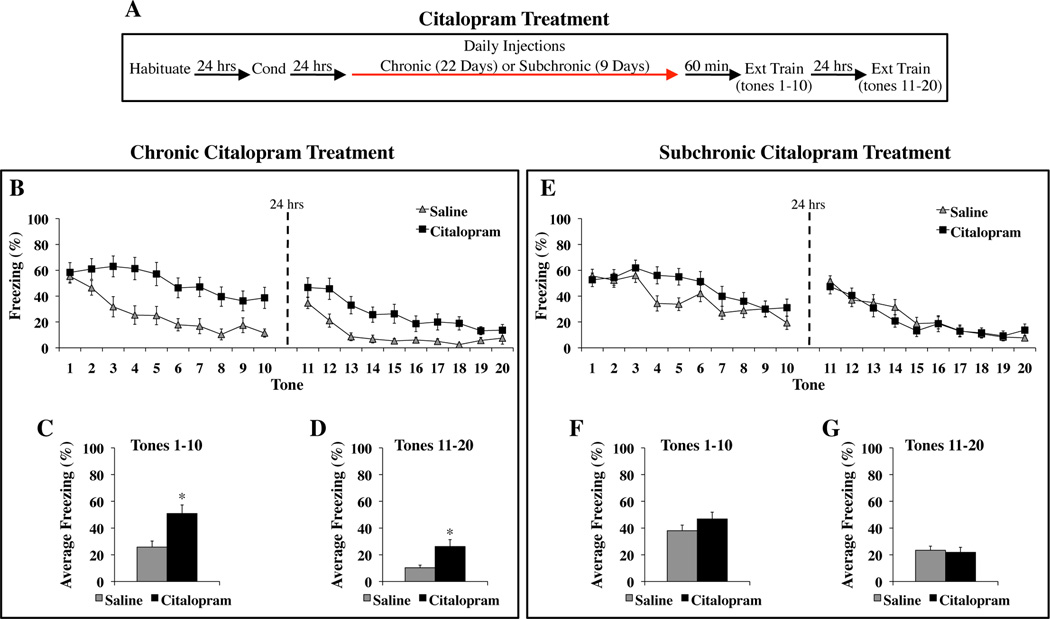Figure 1. Chronic but not subchronic citalopram treatment impairs the acquisition of fear extinction.
(A) General behavioral procedures: 24 hours after habituation, rats were fear conditioned with two tone-shock pairings. The next day, animals began receiving daily injections of citalopram (10 mg/kg, i.p.) or saline. Chronic treatment lasted for 22 consecutive days. Subchronic treatment lasted for 9 consecutive days. Extinction training began the same day the final injection was administered and involved 20 presentations of the tone alone over the course of two days. (B–D) The effects of chronic citalopram treatment on extinction learning. (B) Mean ± SEM percent freezing of citalopram-treated (n=15) and saline-treated (n=14) rats during each trial of extinction training. The average response of each group was not significantly different during tone 1, indicating that chronic citalopram treatment did not affect expression of the fear memory. (C) Mean ± SEM percent freezing of each group averaged across the first 10 tones, which were presented on the first day of extinction training. (D) Mean ± SEM percent freezing of each group averaged across the last 10 tones, which were presented on the second day of extinction training. (E–G) The effects of subchronic citalopram treatment on extinction learning. (E) Mean ± SEM percent freezing of citalopram-treated (n=19) and saline-treated (n=24) rats during each trial of extinction training. The average response of each group was not significantly different during tone 1, but was significantly different during tones 4 and 5 (p<0.05). (F) Mean ± SEM percent freezing of each group averaged across the first 10 tones, which were presented on the first day of extinction training. (G) Mean ± SEM percent freezing of each group averaged across the last 10 tones, which were presented on the second day of extinction training. *p<0.01 versus saline.

